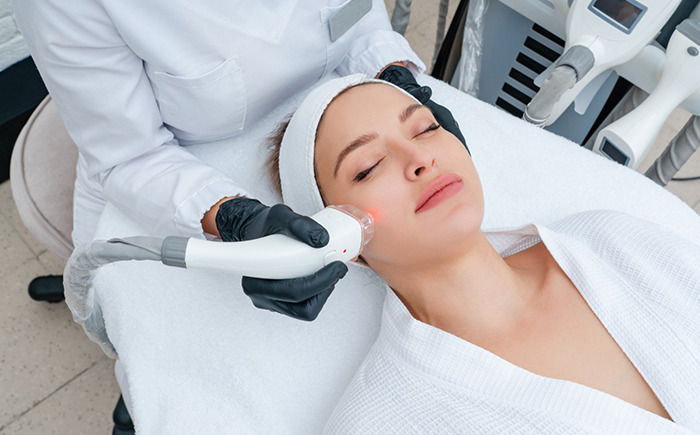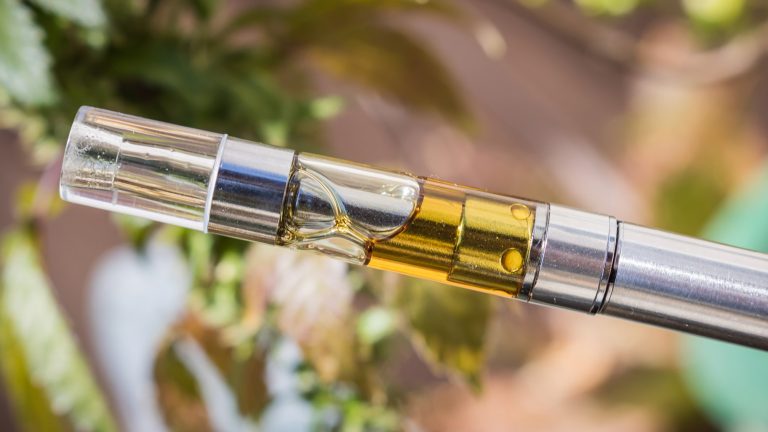Of all these treatments, pico laser treatment has been making waves because it can effectively treat skin problems such as pigmentation or acne scars and signs of aging. However, the question arises — is pico laser safe for all skin types?
Suitable for All Skin Types
The Fitzpatrick Scale: Dermatologists use the Fitzpatrick scale to divide skin types from I—VI depending on how that individual has responded to UV light. Best Skin Types for pico laser Treatments Skin Types I to III react the greatest to laser as these include fair/light brownish skin tones. Such skin types are at a lower risk of developing post-inflammatory hyperpigmentation (PIH) which is a common side effect after laser.

People with Darker Skin Types (IV to VI): Historically, laser treatments carried risks for folks with darker skin because of the increased melanin content in their skin which can compete for more energy from the laser and increase chances of burns, scars, or what we call Post-Inflammatory Hyperpigmentation PIH), where the treatment causes a little extra pigment response than desired. Fortunately, the Pico laser technology provides a better alternative. Its quick pulse duration and the action of shattering pigment rather than thermal heating allow for treatment in many different conditions not possible to dye lasers whereas dark skin types are more at risk from adverse effects. There have been promising results in clinical studies for darker skin phenotypes revealing fewer occurrences of PIH and other complications.
Factors That Affect Suitability
Specific Skin Conditions: Pico laser treatment is designed for different skin conditions as well. For example, it works especially well to lighten melasma; a common pigmentation condition as well as acne scars and lines. However, the treatment can be customized depending on the individual’s skin type and what they suffer from.
The knowledge of the practitioner used to be professional is an important factor that plays a significant role in the safety and effectiveness of Pico laser treatment on typical skin types. To – account for all the factors involved in laser-based treasure, an experienced dermatologist is valuable because of its settings as you can adjust risks to injuries and maximum results safe with this type of skin.
Pre and post-treatment care: Proper attention is to be given before and after the treatment, for it to work effectively as well as reduce the risk of causing more complications. This includes the use of the medicine that it prescribes, staying out of direct sunlight and in general following dermatologist-recommended treatment.























